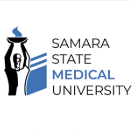Introduction to Samara State Medical University
Samara State Medical University is one of the oldest medical universities in Russia. It is located in Samara, Russia. It is an important medical education and research center in the region, dedicated to training professionals for medical practice, developing science and advanced technology.
Overview
Student size: Currently, the school has more than 6,000 students, including about 900 international students.
Faculty: There are more than 600 faculty and staff, including 14 academicians and corresponding academicians from different colleges, 100 professors and doctors, and 386 associate professors.
History and establishment time
The school was founded in 1919. It was formerly the Samara Medical Association. In November of the same year, it was officially renamed Samara State Medical College. In July 1993, In June, it was reorganized into Samara State Medical University.
School Strength
Teaching Achievements: As a medical university with a long history, the school has trained a large number of outstanding medical professionals. Its graduates are spread all over Russia and the world, and have outstanding performance in the medical field.
Scientific Research Strength: The school has a number of scientific research institutions, and has achieved remarkable results in basic medical research and applied research. For example, it is in a leading position in the fields of human organ transplantation, human tissue engineering, and biomaterials. Its scientific research results provide important theoretical support and technological innovation for medical practice.
International Cooperation: Actively carry out international cooperation and exchanges, and have established cooperative relations with medical universities in the United States, Germany, the United Kingdom, Canada and other countries, and regularly hold international Conferences and academic discussions, and also provide a variety of international exchange programs for international students, broadening students' international horizons and enhancing the school's international influence.
Nature of the institution
Russian state budget education institution for higher vocational education.
Educational philosophy
Committed to cultivating high-quality medical professionals with innovative spirit and practical ability, through systematic theoretical teaching, practical teaching and scientific research activities, so that students can master solid medical knowledge and skills, have the ability to solve practical medical problems, and contribute to global health.
Key laboratories and disciplines
Key laboratories: The school has a number of advanced scientific research laboratories, which provide a good platform for medical research, but the specific names of key laboratories have not yet been clearly found.
Key disciplines: covers basic medicine, clinical medicine, stomatology and other disciplines, such as cardiology, pulmonology, neurology, gastroenterology, orthopedics and other disciplines have achieved outstanding results in teaching and scientific research.
Faculty
The school includes 8 research institutes, more than 15 professional diagnosis and treatment centers, 14 departments and 90 teaching and research offices. The colleges mainly include the School of Medicine, the School of Pediatrics, the School of Dentistry, the School of Pharmacy, the School of Medicine and Prevention, the School of Medical Psychology, the School of Economics and Health Management, the School of International Services, etc.
Ranking
Ranked eighth in the national ranking of medical colleges in Russia, and has been certified by the World Federation of Medical Education (WFME) for 5 years.
Expenses
Tuition fees: vary depending on the major, such as medical theory majors are about 172,000 rubles per year, nursing majors are 67,900 rubles per year, basic medicine is 250,000 rubles/year, pediatrics is 210,000 rubles/year, stomatology is 270,000 rubles/year, pharmacy is 20,000 rubles/year, and pediatrics is 210,000 rubles/year. 170,000 rubles/year, clinical psychology 180,000 rubles/year, preventive medicine 168,000 rubles/year, etc.
Living expenses: about 24,200-36,300 rubles per month.
Campus
Teaching facilities: The school has 5 self-owned buildings and more than 35 urban and regional clinical institutions as educational bases. It is also equipped with modern teaching equipment, such as interactive anatomical visualization table, cat and cow anatomical 3D visualization, educational VR platform, etc., providing students with good learning conditions.
Living facilities: There are international students' office, medical center, football field, swimming pool, basketball hall, tennis court, student dormitory, etc., providing students with comprehensive living support and entertainment facilities to help students relax after intense study.
-

Peter the Great St.Petersburg Polytechnic University
-
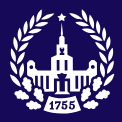
Moscow State University M. V. Lomonosov
-
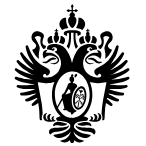
St. Petersburg State University
-
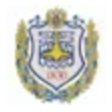
Bauman Moscow State Technical University
-
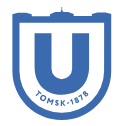
Tomsk State University
-
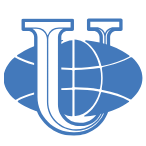
Peoples' Friendship University of Russia
-

Don State Technical University
-

Moscow Institute of Physics and Technology
-
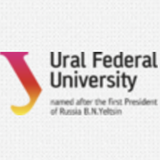
Ural Federal University
-

Kazan Federal University
-

Mesoamerican University
-

Istmo University
-

Mariano Galvez University of Guatemala
-

Regional University of Guatemala
-

Galileo University
-

Francisco Marroquín University
-

Rafael Landívar University
-

University of the Valley of Guatemala
-

University of San Carlos of Guatemala
-

Technological Institute of Tlaxcala Plateau
-

Golfo University
-

Technological University of South Sonora
-

Technological University of Huejotzingo
-

Tizimín Institute of Technology
-

Chilpancingo Institute of Technology

